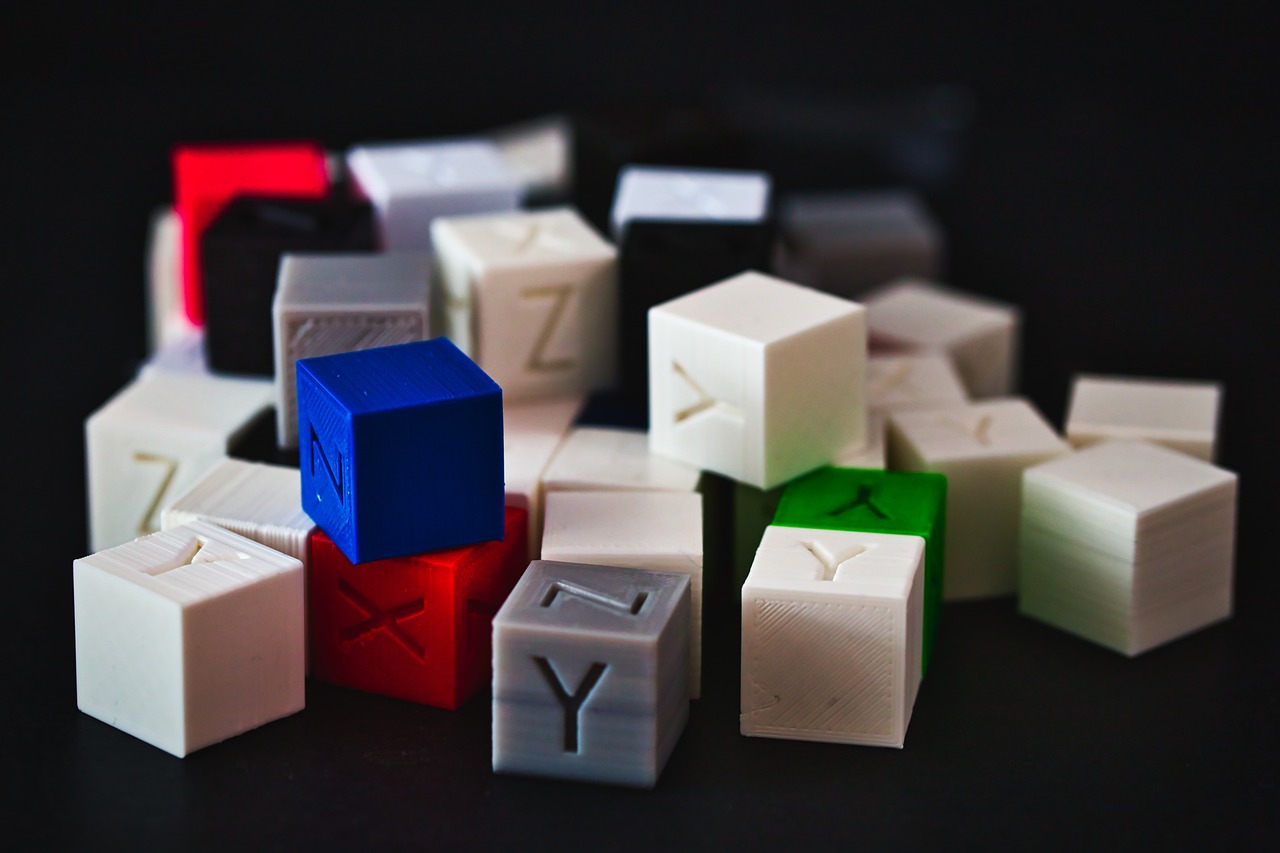Your cart is currently empty!

What are 5 Materials you can use to 3D Print?
3D printing has revolutionized the manufacturing industry by providing a fast, cost-effective, and versatile means of producing complex, functional objects. One of the key factors in determining the success of a 3D printing project is the material used. With a wide range of 3D printing materials available, it can be challenging to determine which one is best for your project. In this article, we will explore five of the most commonly used 3D printing materials and their properties.
1. Plastics
Plastics are one of the most commonly used 3D printing materials due to their versatility and affordability. There are several different types of plastics used in 3D printing, including ABS, PLA, PETG, and Nylon. These materials have different properties, such as strength, flexibility, and resistance to heat, which make them suitable for different types of applications.
ABS (Acrylonitrile Butadiene Styrene)
ABS is a thermoplastic polymer that is known for its strength and flexibility. It is commonly used in applications that require a high degree of strength, such as automotive parts and toys. ABS is also resistant to heat, making it suitable for applications that may be exposed to high temperatures.
PLA (Polylactic Acid)
PLA is a biodegradable, plant-based plastic that is known for its ease of use and affordability. It is a popular choice for prototypes and low-volume production runs, as it can be printed quickly and accurately. PLA is also resistant to heat and moisture, making it suitable for applications that may be exposed to these elements.
PETG (Polyethylene Terephthalate Glycol)
PETG is a thermoplastic polymer that is known for its transparency, strength, and flexibility. It is commonly used in applications that require a high degree of transparency, such as packaging and displays. PETG is also resistant to heat, making it suitable for applications that may be exposed to high temperatures.
Nylon
Nylon is a thermoplastic polymer that is well suited for 3D printing due to its combination of strength, flexibility, and affordability. It is one of the strongest 3D printing materials available, making it ideal for applications that require high strength and durability. Nylon is also flexible, which makes it suitable for applications that require some degree of flexibility, such as gears and mechanical parts.
2. Metals
Metals are another popular 3D printing material due to their strength and durability. Common metal 3D printing materials include steel, titanium, and aluminum. These materials are best suited for applications that require high strength and durability, such as aerospace and medical implants.
Steel
Steel is a strong, durable metal that is well suited for applications that require high strength and durability. It is commonly used in aerospace and automotive applications, as well as for producing tools and other functional objects.
Titanium
Titanium is a lightweight, strong metal that is well suited for aerospace and medical applications. It is commonly used in applications that require high strength and light weight, such as aircraft components and medical implants.
Aluminum
Aluminum is a lightweight, strong metal that is well suited for aerospace and automotive applications. It is commonly used in applications that require high strength and light weight, such as aircraft components and automotive parts.
3. Resins
Resins are a type of 3D printing material that is used in technologies such as Stereolithography (SLA) and Digital Light Processing (DLP). These materials are best suited for producing high-resolution objects with fine details, as they can be cured precisely to form the desired object. However, resins are typically brittle and may not
by
Tags:
